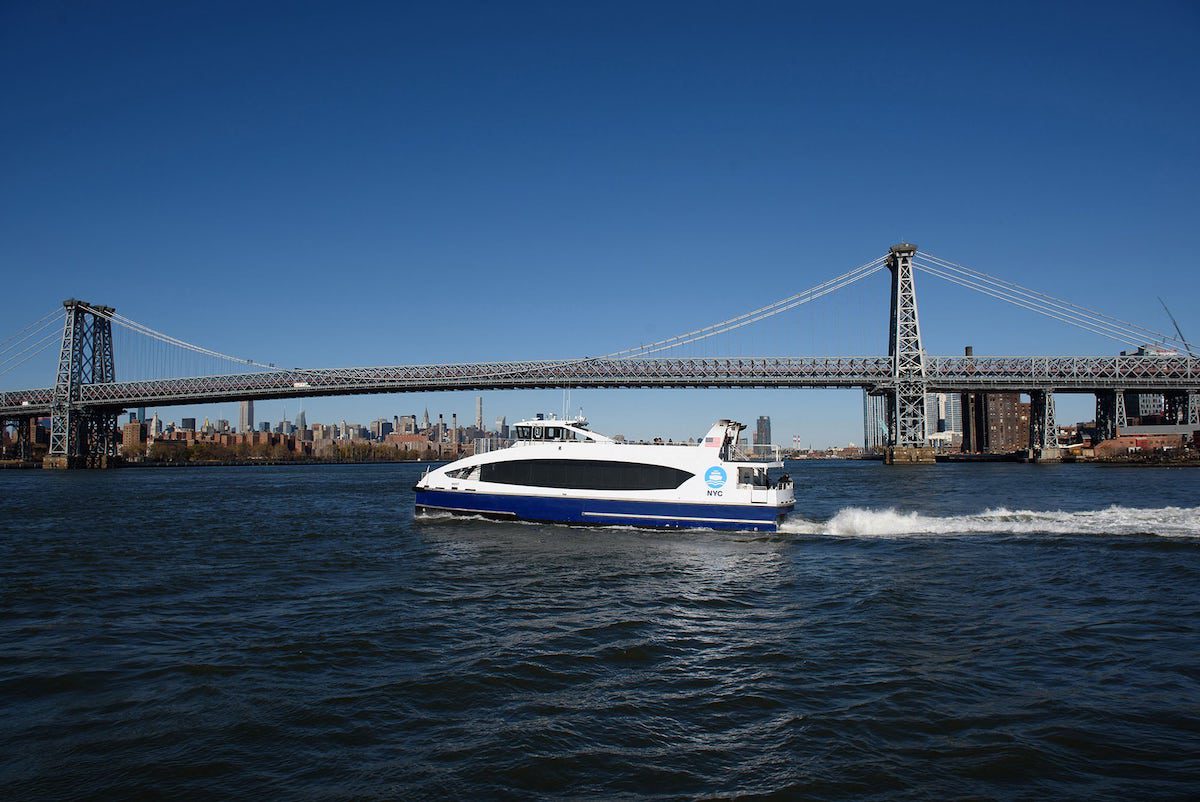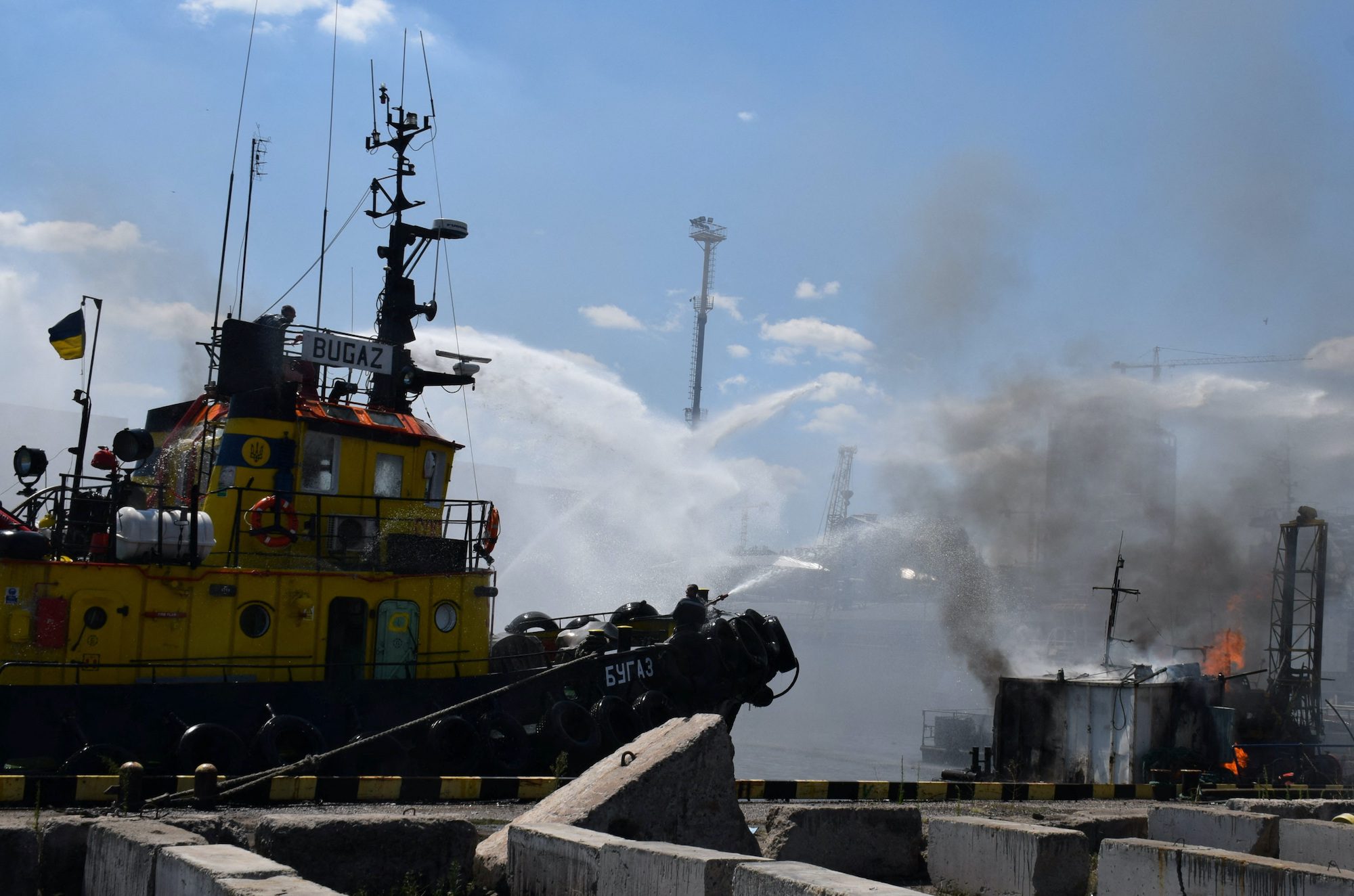By Mike Wackett (The Loadstar) –
Maersk is looking to overland Asian containers at less-congested North European ports and evacuate long-stay imports to off-dock storage facilities in a bid to mitigate congestion and strikes.
The carrier said congestion at its Bremerhaven hub had reached “a critical level”, which was “impacting yard density levels and waiting times at the port”.
It warned shippers it would start to evacuate long-standing imports to off-dock facilities “if not picked up within reasonable time frames”.
Meanwhile, at neighbouring Hamburg, Maersk said yard density remained “challengingly high”, but was also concerned about the prospect of further industrial action at the port in support of wage negotiations.
North Europe Container Ports at Capacity Ahead of Peak Season
The dockworkers union, ver.di, called a four-hour ‘warning strike’ during the evening shift last Thursday in support of its wage claim for 12,000 workers at German seaports. The round of talks broke up on Saturday with both sides seemingly as far apart as ever.
Fresh talks are planned for Tuesday 21 June, but this could be pre-empted by further industrial action.
“We are keeping the talks between trade union ver.di and the Central Association of German Seaport Companies (ZDS) under review,” said Maersk, acknowledging the possibility of strike action.
And at Antwerp, a 24-hour national strike on Monday will only lengthen waiting times for ships berthing.
Yard density at its terminals is at the 80% level, which Maersk attributed to “high dwell times” of import boxes impairing productivity and having a knock-on impact on vessel delays.
It is a similar situation in Rotterdam, where Maersk is also looking at deploying off-dock storage for long-stay containers and help alleviate congestion.
“The continuously critical levels of terminal yard density have an adverse effect on port and gate operations, which result in lower productivity in the terminals and potentially restricted gate opening times that limit our ability to take in more units, both full and empty,” said Maersk.
A carrier contact attending the Multimodal exhibition in Birmingham this week told The Loadstar the North European container hub ports “desperately needed some breathing space” to recover.
“It is no good us just keep dumping thousands of boxes onto already saturated terminals, as the dwell times get longer and longer,” he said. “We need to make sure quay space is allocated to the barges and feeders that can clear out big lumps in one hit.”
Another carrier contact told The Loadstar he was “embarrassed” by the actual transit times of sailings from Asia and said his fleet managers were in “constant fire-fighting mode”.
“In my opinion, we need to review the networks to give realistic transit times, given the exchanges we now see at the hubs, and if that means we are not weekly then so be it; in reality, we are only sailing every eight to nine days at the moment, anyway,” he said.
The Loadstar is known at the highest levels of logistics and supply chain management as one of the best sources of influential analysis and commentary.

 Join The Club
Join The Club











